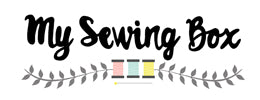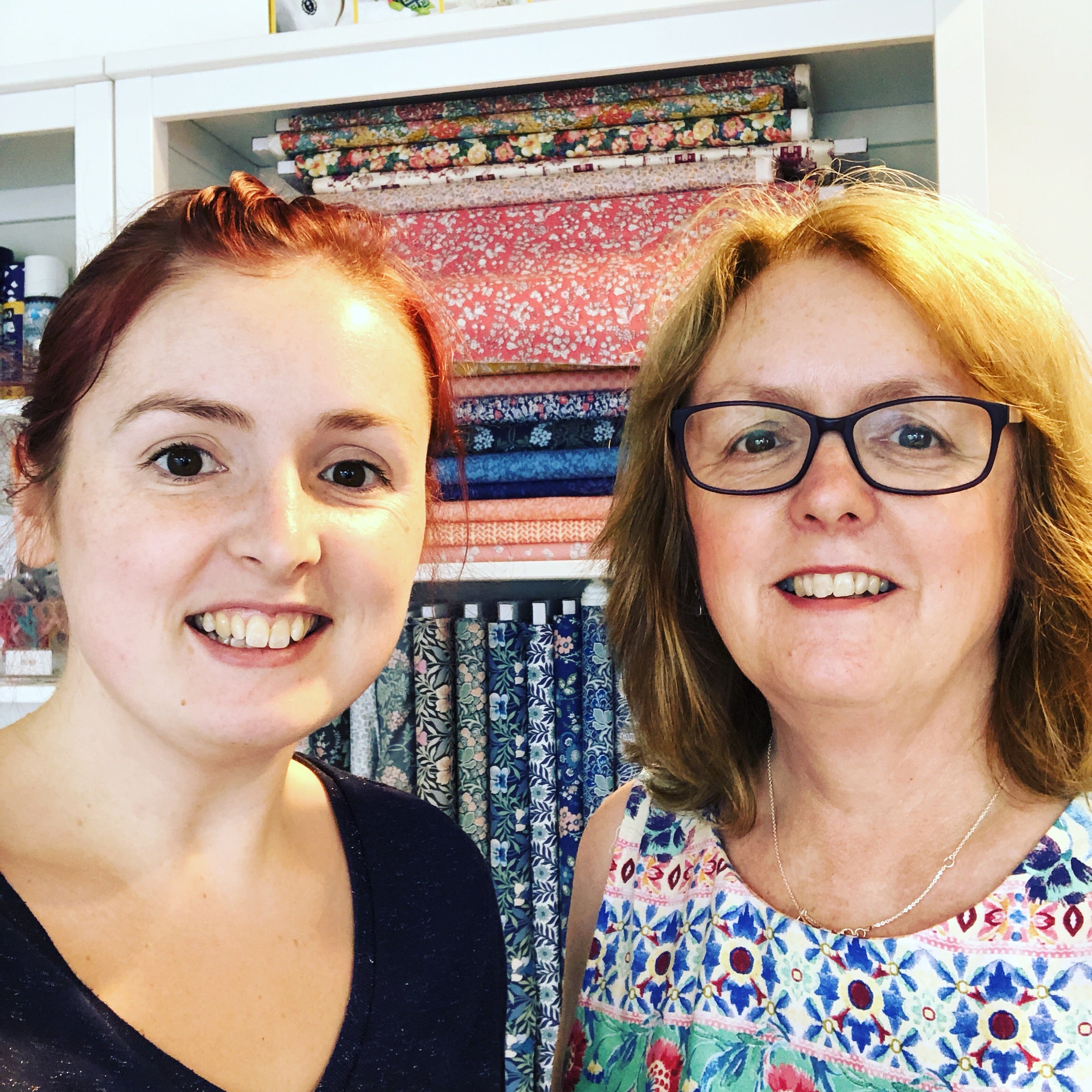Always wanted to give sewing a go but didn't know where to start? We've compiled an easy place to give you all the information you need to get started in this creative hobby!
In this blog post, we'll cover how to choose the right fabric for your project...
Sewing for Beginner's: Choosing the Right Fabric
Before you start looking at fabrics, it's a good idea to take a look at your pattern as a starting point. They'll always recommend some fabrics to make each different style on the pattern, and if you've never made the garment before and/or don't have a lot of experience of different fabrics, then I'd really recommend picking one of their suggestions. Usually, they're tried and tested so you can be reassured that you'll get the results and the look that you want from the finished garment if you use one of their suggestions.
When you start sewing, we'd recommend opting for more stable woven fabrics like cottons or linens that won't move around or stretch too much as you work with them. Look for the fibre content of the fabric you are buying and check it is mostly cotton or linen (it can be a blend).
For lighter garments you can use cotton poplin, cotton lawn, chambray, polyester peachskin or polyester crepe; for medium to heavy weight items use quilting weight cotton, cotton canvas, corduroy, linen and linen blends.
You need to think about the purpose of the final garment and how the fabric choice might effect the overall finish. Thicker fabrics will be less transparent so won't need lining, while drapier fabrics will have that lovely hang to them. Depending on the style of your pattern, this is something to consider when deciding what type of fabric to pick - and is mostly down to personal preference. I love my clothes to have a lovely drape to them most of the time so quite often I'll opt for a viscose or viscose blend where I can for my garments, as they add that lovely soft flow to the finished garment.
If you're not sure about the fit of your garment, you can make what we call a toile - a practice garment - in a cheaper fabric first before you splash out on something more expensive. This is great for working out the fit of the garment properly, but make sure you use something similar in weight and movement as the fabric you will eventually use - eg, if you're going to make it in a cotton lawn eventually, choose a cheaper lawn or a cotton poplin which is also light and has a similar amount of drape to it. That way you can anticipate how it will hang and move.
Finally, cheaper is not always better when it comes to fabric, as you may find that poorer quality fabrics are harder to sew with; they also tend to wash and wear less well, so weigh up how much you want to spend versus how long you want it to last and how easy you want your sewing time. Personally, if I'm going to spend hours and hours making and perfecting my item of clothing, I don't want to feel it's all gone to waste on something that falls apart in five minutes after a few washes. Sewing is rarely cheaper than buying ready-made, however if you take your time to sew neatly and accurately, and use good-quality fabrics, you'll find you have a wardrobe full of designer-quality items at a fraction of the price!

